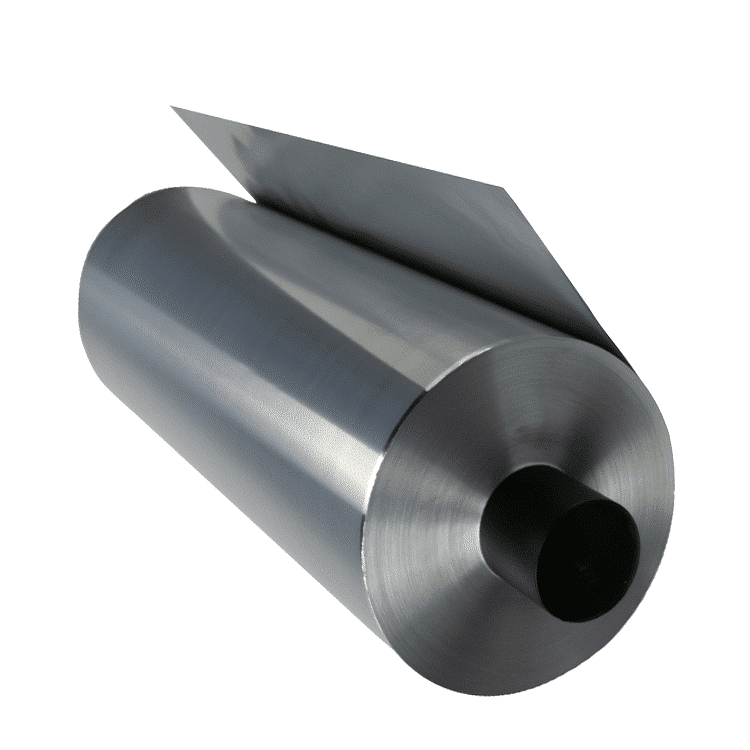Lithium Ion Ternary Batteries refer to batteries which utilise lithium ions as their charge transfer medium. Their primary constituents typically include nickel, cobalt and manganese; hence it has earned the moniker of “ternary”.
Comparable to lithium batteries, ternary batteries exhibit different performance and characteristic traits:
Capacity and Energy Density: Ternary batteries boast higher capacity and energy density compared to traditional lithium batteries, meaning that they store more electricity per volume or mass. This allows ternary batteries to provide longer range and are ideal for high energy applications.
Safety: Due to their relatively lower cobalt content compared to lithium batteries, ternary batteries offer better safety performance. Cobalt is known for being subject to thermal runaway and oxidation processes which could lead to overheating, fire or explosion; by incorporating composite materials with reduced cobalt content into batteries’ construction methods can enhance their safety performance and provide better overall battery safety performance.
Cycle Life: Comparable with lithium batteries, ternary batteries exhibit better cycle life and reduced capacity degradation over their lifespan. Cycle life measures the number of times a battery can be continuously charged or discharged while capacity decay refers to gradual loss in energy storage capacity during use. Due to their design and materials used, ternary batteries have proven themselves capable of withstanding long-term use with increased performance levels over time.
As there are various chemical combinations and technical configurations between lithium batteries and ternary batteries, it should be remembered that when purchasing batteries it is important to keep in mind factors like capacity, energy density, safety and cycle life when selecting an ideal battery type and specification.






